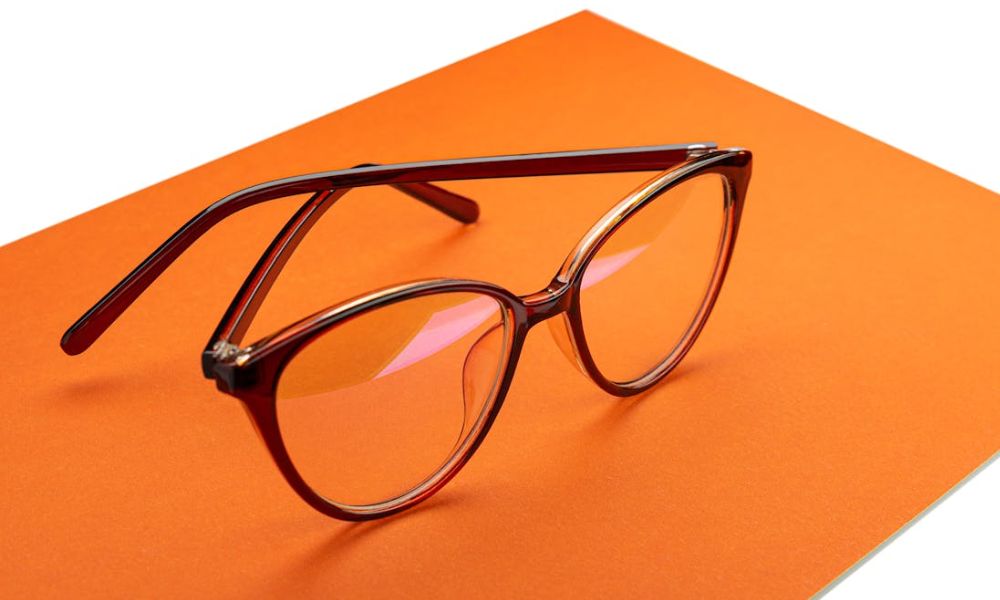Good vision is always a blessing, but super vision? Now that could be a game-changer. A team of scientists has reportedly developed contact lenses that offer infrared vision, which they think will eventually help people see in the dark, much like snakes or your favorite superhero. Such an advanced form of technology has great potential to improve the quality of lives and the safety of more than one high-risk job, however, they’re not quite ready to purchase off the shelves just yet.
While night vision goggles have been around for years now, they aren’t particularly accessible to everyone and are quite bulky to carry around. They also tend to look a tad bit silly when you put them on, which isn’t an issue when everyone’s wearing one or you’re walking in the dark where no one can see you, but the option of wearing night vision contacts sounds far more appealing. A team of scientists has developed new technology that could evolve to do just that, and it is fascinating work.

The Contact Lenses for Infrared Vision Are Still a Work in Progress, but They Sound Promising
A team of researchers recently published a paper on Cell, a platform for journals and research publications, titled “Near-Infrared Spatiotemporal Color Vision in Humans Enabled by Upconversion Contact Lenses.” The paper is just as complex as the title sounds, elucidating on “wearable near-infrared (NIR) upconversion contact lenses (UCLs) with suitable optical properties, hydrophilicity, flexibility, and biocompatibility.” What that means is that these near-infrared contact lenses are comfortable and safe to use for humans.
Essentially, the team has managed to create functional contact lenses that can pick up infrared light, which is a type of electromagnetic radiation that is invisible to the human eye. As efficient as human vision is, it is limited in its capabilities to fully perceive the electromagnetic spectrum. Other species from the animal kingdom have their own abilities that grant them more visual access to the world around them that far exceed the capabilities of human vision.
With these “night vision” contacts, humans’ sight could be expanded beyond their internal capabilities, making this a big step forward for the species. Unfortunately, a full-fledged pair of super-vision contact lenses is still a while away, but the work done by the researchers brings us a step closer to making it a reality.
How Were the Contact Lenses for Infrared Vision Developed?
The research on the infrared super-vision contacts has been built on extensive work done by the team on designing what they call “upconversion nanoparticles.” These particles work by taking in the invisible infrared light and converting it into visible red, green, or blue light that falls within the human range of perception. In previous studies, the researchers worked on mice and injected these particles into their eyes behind the retina, but this is an invasive procedure that many will be afraid of experimenting with.
The investigations into more forms of delivering this technology led the scientists to the idea of creating contact lenses that could perhaps achieve the same results. The team developed soft contact lenses that were designed with these nanoparticles, and testing showed that wearers were indeed able to perceive this near-infrared light to some degree.
How Do the Infrared Contact Lenses Work?
Now, the contact lenses don’t allow for clear night vision just yet, but they do help the wearer to perceive flashes of the infrared light and locate its direction. What’s most fascinating is that it works better when the user has their eyes closed. With eyelids blocking the visible spectrum of light better than infrared light, users were able to reduce distractions and focus on the infrared signals even more clearly. As unsettling as the idea of walking around with our eyes closed is, it’s truly astounding what the team has managed to achieve with their research.
In the paper, the scientists also explained that they were able to develop trichromatic upconversion contact lenses that could enable humans to tell the difference between multiple types of infrared light, similar to how we distinguish colors with the visible spectrum of light. This means humans can now also have infrared spatiotemporal color vision—perceiving infrared light in terms of its location, changes over time, and even different “colors.”
What Are the Potential Applications of These Wearable Night Vision Lenses?
As things stand, the contact lenses offering infrared vision are not quite ready to replace night vision goggles just yet, but they should ultimately be able to, with more research into the materials and technology. This doesn’t mean there are zero potential applications of the tech we have now. The scientists believe that the technology could be adapted to help people with color blindness finally see the colors they haven’t before by converting wavelengths into hues they are capable of perceiving. Not only is that a lovely thought, but it could be life-changing for many.
The researchers also indicated that the upconversion contact lenses could be used in their current form to receive secret messages in Morse code-like signals, which would be invisible to everyone else but the person with the contacts. This sounds as delightful as it does suspicious, but the potential applications are open to interpretation.
These contact lenses offering infrared vision sound like a gadget straight out of a spy novel, but the researchers have proven that such feats are indeed possible and could be expanded on for a wider range of applications. We’re curious to see just how this technology is adapted for widespread use in the future and what other innovations we seen next.
What do you think of these contact lenses offering infrared vision? Do you see potential applications of this technology? Let us know. Subscribe to Technowize for more updates on the fast-evolving world of wearable technology.


No Comments